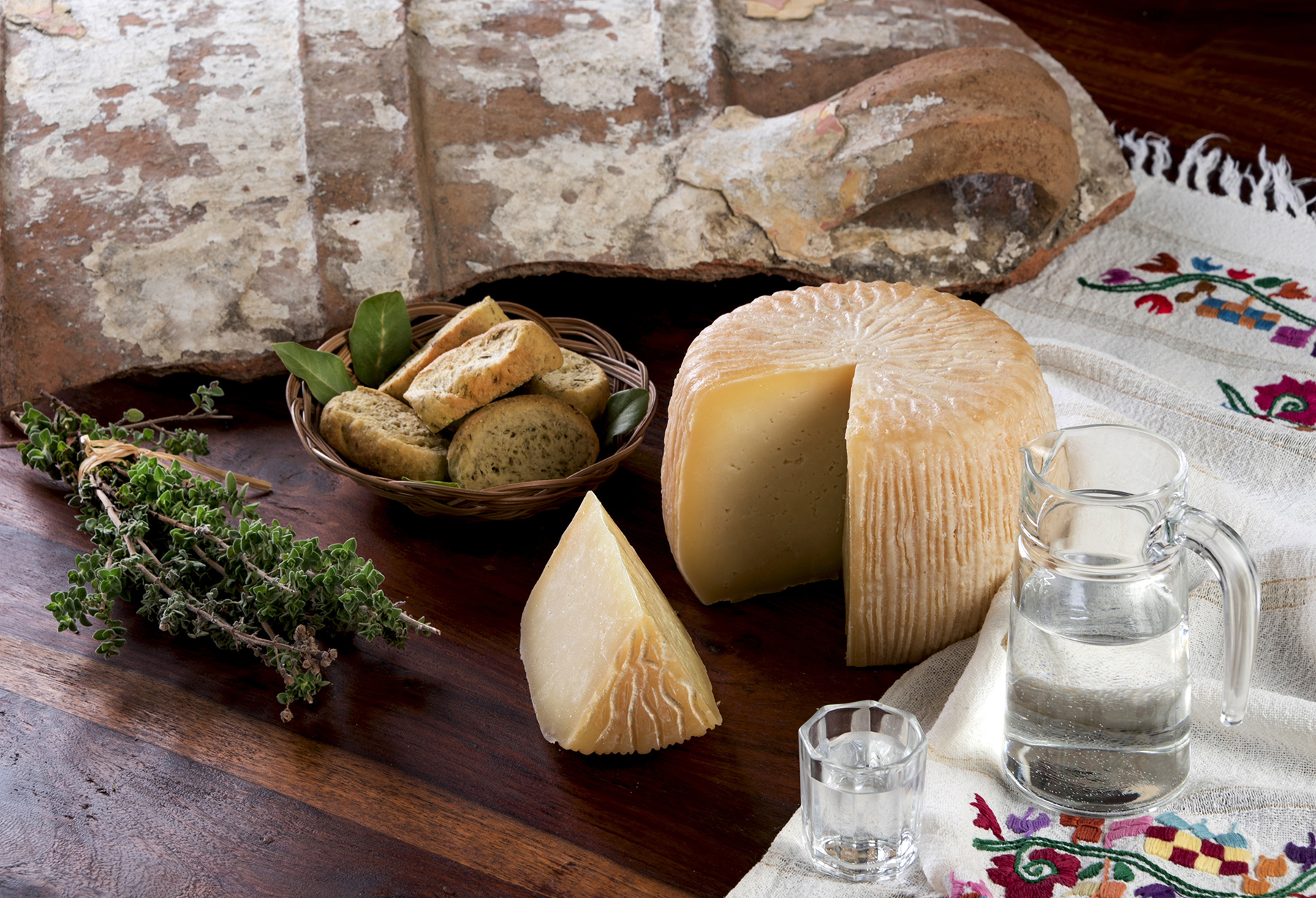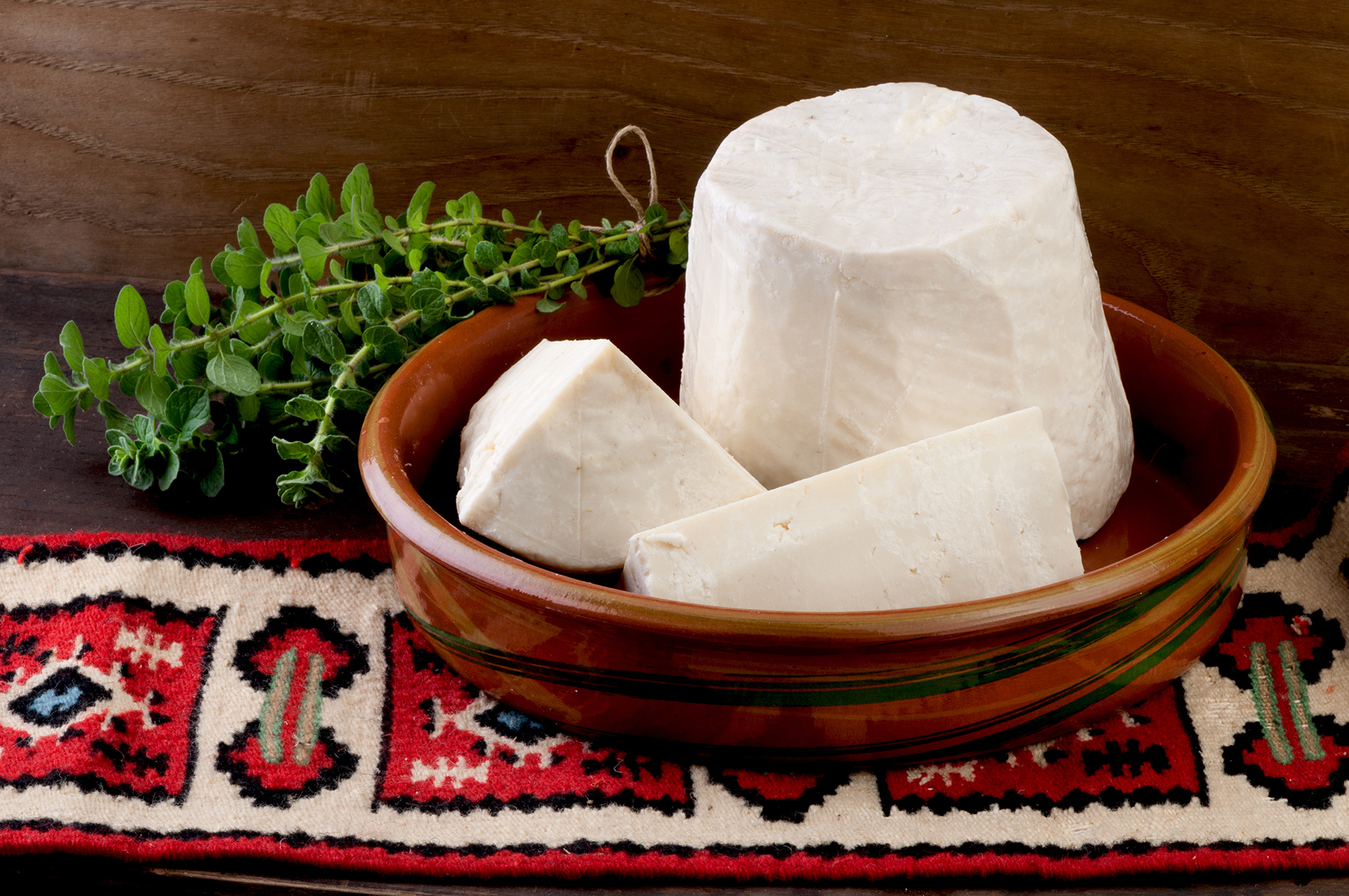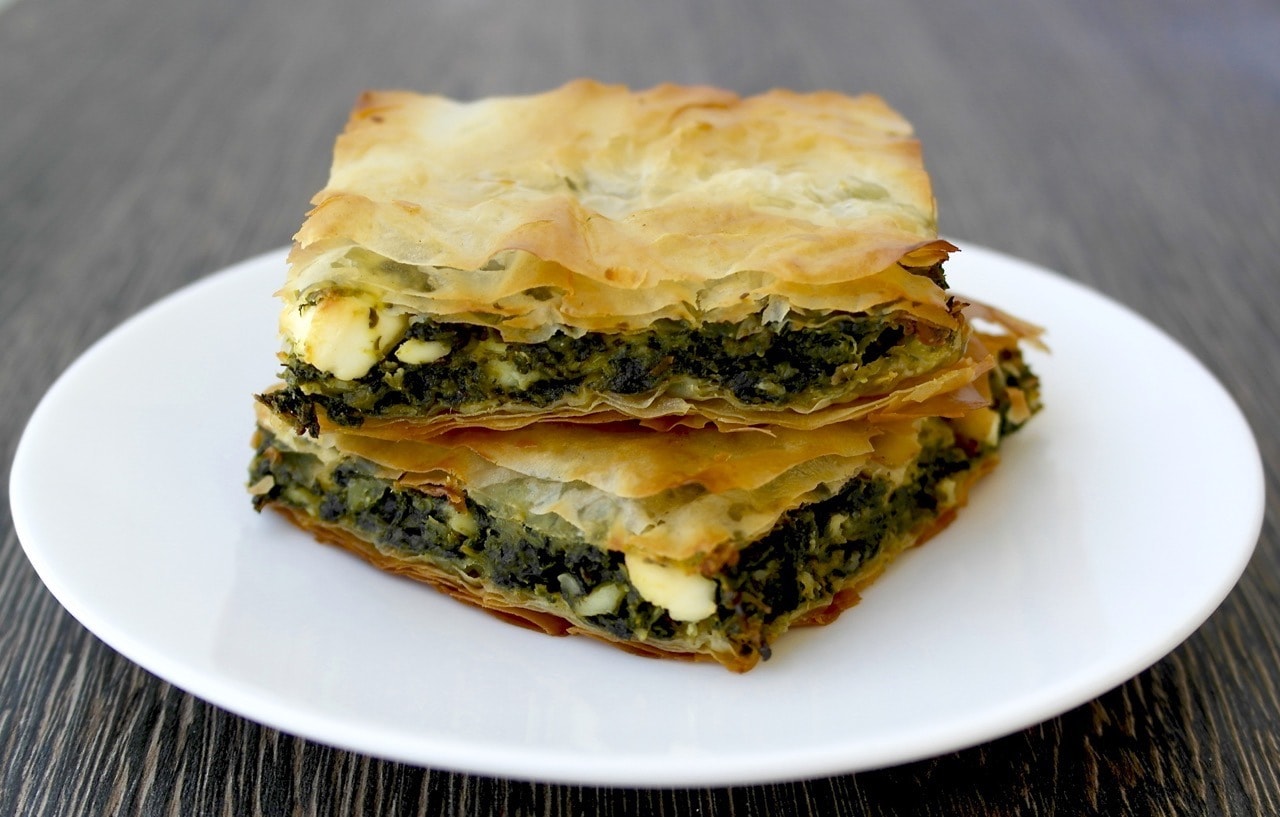
These plump, pan-fried fritters are perfect for early fall, when fresh zucchini is in abundance. Serve warm or at room temperature.
- Colander
- Large Bowl
- Spatula
- Large Baking Sheet
- Paper Towels
- Large, Heavy Skillet
- Spoon
- Slotted Spoon or Spatula
Ingredients
- 3 medium zucchini, coarsely grated (4 cups)
- 4 large eggs, beaten
- ½ cups plus 2 Tbsp. all-purpose flour
- 3 medium scallions, finely chopped (⅓ cup
- ¼ cup finely chopped fresh dill
- 2 large garlic cloves, minced (1 tsp.)
- 1 tsp. ground coriander
- ½ tsp. sweet paprika
- Freshly ground black pepper
- 5 oz. Greek feta, crumbled (1 cup)
- Olive oil or sunflower oil, for frying
- Greek plain yogurt, for serving
- Lemon wedges, for serving
Instructions
- Set a colander in the sink and add the zucchini. Sprinkle 1 teaspoon kosher salt over the zucchini, toss gently to combine, and let rest to drain the liquid for 30 minutes. Then use your hands to squeeze out and discard any remaining liquid.
- In a large bowl, add the zucchini, eggs, flour, scallions, garlic, dill, coriander, and paprika, and mix well with a spatula. Add ½ teaspoon salt, a generous pinch of black pepper, and the crumbled feta, and fold in gently to incorporate without breaking up the feta too much.
- Set the batter by the stove. Line a large baking sheet with paper towels, and set it by the stove as well. In a large, heavy skillet over medium-high heat, add enough oil to reach ¼ inch up the sides. Once hot and just barely beginning to smoke, spoon a few 2-tablespoon-size scoops of batter into the oil (avoid overcrowding). Lightly press each fritter down with the back of a spoon, flattening it slightly. Cook, turning once, until the fritters are golden and crisp on both sides, 5–6 minutes total.
- Use a slotted spoon or spatula to transfer the cooked fritters to the lined baking sheet. Continue cooking the rest of the batter. Serve warm or at room temperature, with labneh and lemon wedges.






 Ακόμα
δεν μπορώ να αποφασίσω αν είναι τυρί ή απλά ένα άλλο γαλακτοκομικό
προιόν. Μαζεύουν την τσίπα (κρέμα) του γάλακτος από το άρμεγμα και την
αλατίζουν ελαφρά . Όταν μαζέψουν μια ικανοποιητική ποσότητα επί αρκετές
μέρες την ζεσταίνουν σε χαμηλή φωτιά με μικρή προσθήκη αλευριού.Έτσι
χωρίζουν οι πρωτεϊνες από το λίπος. Το λίπος μαζεύεται χωριστά και είναι
το περίφημο στακοβούτυρο ενώ οι άσπρη και πυκτή μάζα των πρωτενών είναι
η διάσημη στάκα .Θα την απολαύσετε με αβγά ,με μακαρόνια , πιλάφι ή και
σε πίτες.
Ακόμα
δεν μπορώ να αποφασίσω αν είναι τυρί ή απλά ένα άλλο γαλακτοκομικό
προιόν. Μαζεύουν την τσίπα (κρέμα) του γάλακτος από το άρμεγμα και την
αλατίζουν ελαφρά . Όταν μαζέψουν μια ικανοποιητική ποσότητα επί αρκετές
μέρες την ζεσταίνουν σε χαμηλή φωτιά με μικρή προσθήκη αλευριού.Έτσι
χωρίζουν οι πρωτεϊνες από το λίπος. Το λίπος μαζεύεται χωριστά και είναι
το περίφημο στακοβούτυρο ενώ οι άσπρη και πυκτή μάζα των πρωτενών είναι
η διάσημη στάκα .Θα την απολαύσετε με αβγά ,με μακαρόνια , πιλάφι ή και
σε πίτες.



